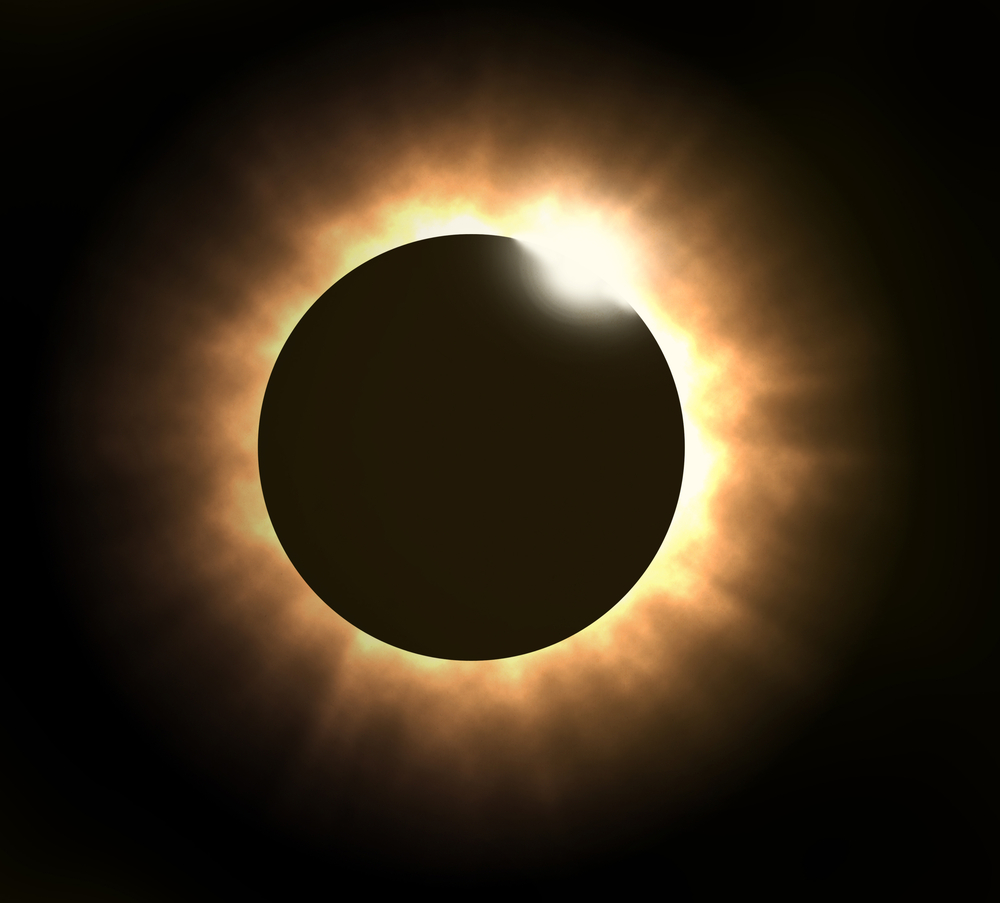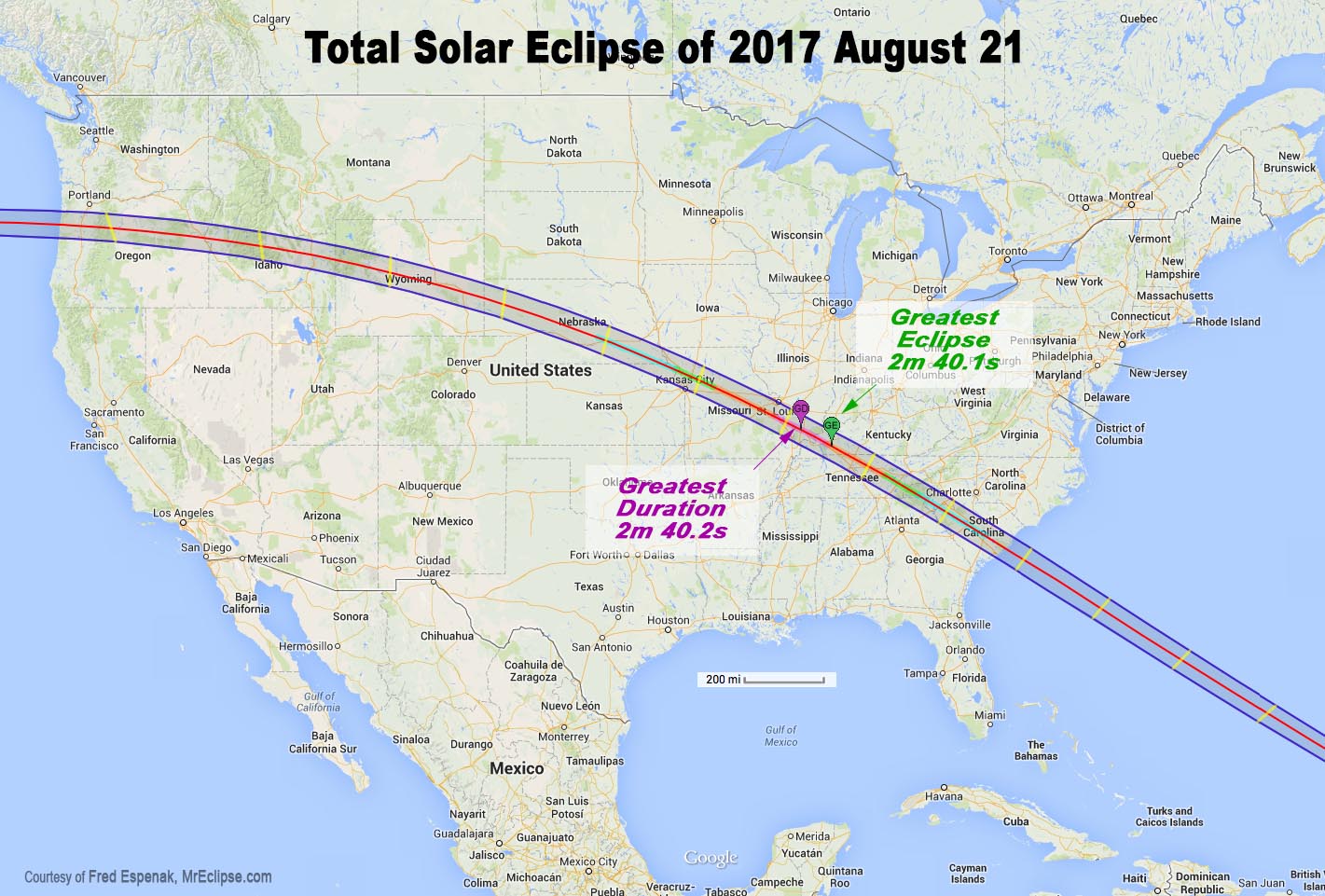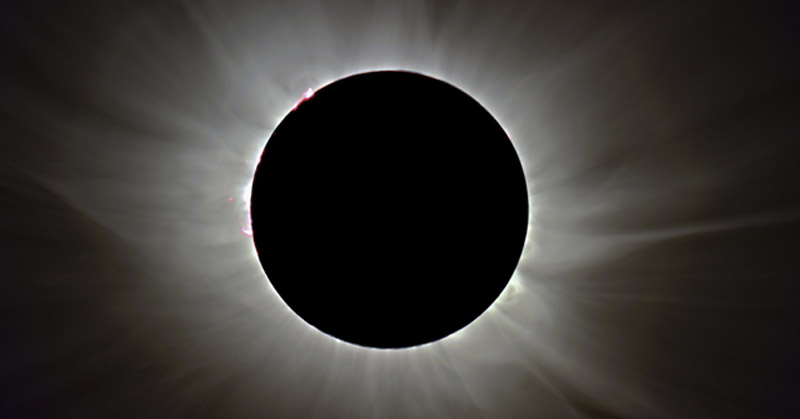Have you got plans for August 21, 2017? It might seem like a far away time but what if I told you hotel rooms are already being snapped up for that day? You see, there’s a big rock event planned. The last time an event as epic as this happened was 1918 – long before most people alive today were born.
Where’s the stage? It’ll actually be moving across the entire United States throughout the day. Seriously, this is one epic show – complete with a massive spotlight!
Alright, I’ve had my fun. Let’s get serious.
The ‘rock’ in question is the moon. The stage? Earth. That huge ‘spotlight?’ Yup, you guessed it – the sun. What’s this ‘show’ I’m speaking of? A total solar eclipse. If you’re not familiar with total solar eclipses, believe me; they’re cooler than any rock n’ roll show could ever be.
What the heck is a total solar eclipse?
First, let’s get some numbers out of the way. The sun is 400 times larger than the moon. But the moon happens to be 400 times closer to the earth than the sun is. On a normal day, this doesn’t really matter; the sun and moon rarely ever cross paths in the sky. But occasionally – very rarely – they line up perfectly.
When that happens, it looks like this.

That, right there, is a total solar eclipse. The moon, which appears to be the same size as the sun from earth, seemingly covers our friendly neighborhood star, blotting out much of its light.
When this happens, it gets very dark outside. If you look at the horizon, you’ll see a reddish, sunset-esque glow. Of course, you probably won’t be staring at the horizon too much since the main attraction will be an incredibly eerie black spot in the sky that lasts roughly 2 minutes in any given location.
This sight will track its way across the northwestern and southeastern U.S.

Image: NASA
Other strange things scheduled to happen during the total solar eclipse include:
- Animals acting strangely, with nocturnal ones getting confused and waking up.
- A severe dip in solar energy harvested.
- Gravity becoming weaker.
After 2017, the next time such an event will occur is in 2024. Then, it won’t occur again until 2045.
The best places to view this phenomenon will be in the western U.S., according to Universe Today; that region is much less likely to experience thunderstorms that could block the epic event.
Want to learn more about how you can view this total eclipse? Have a look at this video!
Sources:
Universe Today
Mental Floss
NASA
KidsEclipse.com


